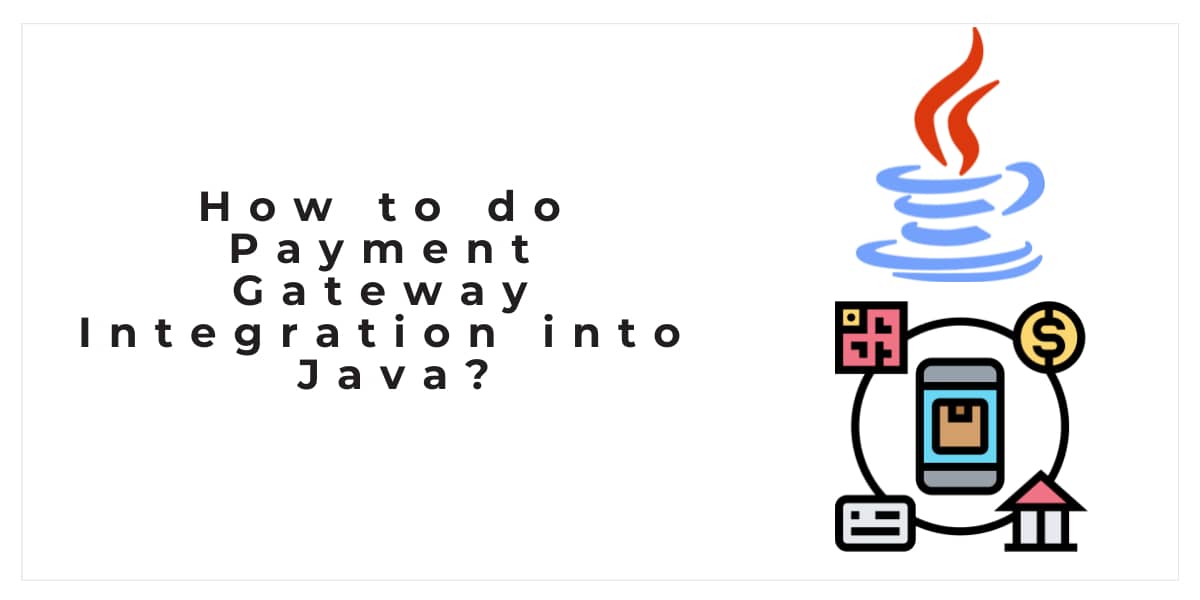Having an online setup is essential for all businesses these days. The trend of brick-and-mortar stores is long gone as people now prefer online shopping. It's super convenient when you can order things online and make an instant payment. It saves both time and energy. It is mainly why many businesses are now switching to online mode.
In fact, a lot of businesses don't have office spaces. They work remotely. Well, it's a smart thing to work remotely as it saves a considerable amount of money; however, having an efficient online setup is not like having a piece of cake. There are a lot of things that you need to take into consideration when setting up an online business, especially an e-commerce store.
One of the primary reasons most people struggle with their online business is that they fail to choose a secure payment gateway. Not having a secure payment gateway can affect your sales as well as your brand's credibility. For this reason, platforms like Amazon and eBay spend millions of dollars on payment gateways. You don't have to spend that kind of money but you certainly need to be careful when choosing a payment gateway. The right payment gateway will help you achieve your business and financial goals.
In this article today, we're going to talk about payment gateway integration in Java-based websites. If you have a Java-based website, you're in for a treat.
An Insight into Java-Based Websites
JavaScript stands tall among the most popular programming languages out there. It is used by thousands of programmers from around the world to create interactive and dynamic web content like browsers and applications. As of now, JavaScript is used by 97% of all websites on the internet as a client-side programming language. Plus, it offers controls for all, hardware, software, and servers.
To improve Java-based websites and help businesses, different payment gateways offer a robust server-side pack especially intended for Java-based websites. With a single server-side pack, online stores offer a variety of payment choices for customers.
A Step-by-Step Guide for Payment Gateway Integration in Java-based Websites
Having secure online payment methods on your website has never been easier. Here's a step-by-step guide that you need to follow when integrating a payment gateway into your Java-based website:
Step 1: Fulfill the Terms and Conditions
Before you start, there are some prerequisites that you need to fulfill. Please ensure that you have your programming interface keys and check if your website is based on Java 1.7 or any of the later updates.
Step 2: Install SDK
Get a code to add the maven repository to your project object model. After that, get another code to add the maven reliance to your task's project object model, and finally, get the third code to create and introduce the MVN installation. The required codes are available on JavaScript’s official website, so there's nothing to worry about here.
Step 3: SDK code implementation
The third step is to implement SDK code. It requires you to look into the mandatory parameters, including the key, the website, the climate, etc., and introduce them with the goal that they're the boundaries to get the payment gateway's APIs passed. There's a code available for this step, too. Just be sure not to confuse one code with another.
Once it's done, move toward making the transaction token. Get a code for the transaction token and apply it. When done, get another code for getting the payment status and finally, the last code for initiating the refund. Also, for a better user experience, I suggest you add a code for getting the refund status.
A Few Effective Payment Gateways
There are hundreds of payment gateways available out there but not all work as well as others. The idea is to choose the best payment gateway of all and in case you want more than one option, you must ensure that they're all great. Here we've narrowed down some of the best payment gateways for you:
PayPal
PayPal is one of the most popular payment gateways out there. From Amazon to eBay, all big e-commerce industries are associated with PayPal. It has no start-up expense, no end expense, and no withdrawal charges. Not to mention, there's no such thing as a monthly fee with PayPal. Plus, it supports all devices, iOS, Android, and Windows.
Apple Pay
Apple Pay provides the fastest checkout on both smartphones and the web. It allows customers to pay for anything and everything safely using frictionless card payments. Yes, you don't have to type in your card number manually when using Apple Pay. The only downside is that it doesn't work for Android; however, you can still use its web version on your Windows device.
Shopify
Shopify is also one commonly used payment gateway that provides top-of-the-line security and competitive pricing. It allows the use of both credit and debit cards and effectively synchronizes all the important information between orders and payments. The only downside of the Shopify payment gateway is that it's not entirely free as it charges a chargeback fee.
The Takeaway
The more payment methods you add to your website, the higher would be your sales. It's a part of customer care and the convenience of your customers needs to be your priority, especially if you're running an online business. So, all you have to do now is carefully choose a payment gateway and get it integrated into your Java-based website.







